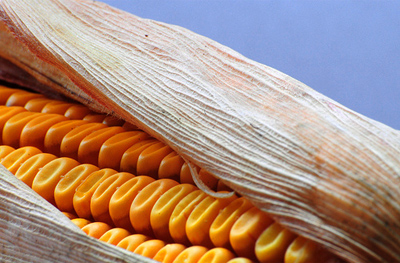
The Lardo of Colonnata
Marble is the reason that the tiny village of Colonnata exists, but the Lardo has made the town famous. This poor man’s food that was once served on bread rubbed with a tomato and onion, now commands top prices and draws visitors to this remote mountain area in the heart of the Carrara marble quarries. But what is it, and how is it made? Why is Lardo di Colonnata so special, not just a piece of pork fat, used to flavor soups and stews, but a highly prized treat?
The preparation of lardo has been documented for nearly as long as written history has existed. The laws of Justinian demanded that legionnaires be fed ample doses of lard to keep them healthy and energetic. In the 13th century, the first statutes regulating lard making appeared. Lardo was a part of the rural life of all of Italy.
In Colonnata, the local marble became tubs to hold the lardo, chiseled from the stones that were unfit for artists and artisans because of their brittle nature. These chiseled tubs still are used in the making of Lardo di Colonnata. They are bigger now, but their shape and use are the same. This marble is dry, glassy and porous, too fragile for use in statuary or decoration, but perfect as refrigeration: it protects the lardo from humidity, and lets oxygen circulate around the curing fat. There are no refrigeration plants in Colonnata. Preservatives are banned; it is the marble and the special curing that allow this product to exist so naturally.
The marble basins are washed and treated with vinegar each September. When they are ready, the lard making process begins and lasts until spring. The pigs arrive from farms that are regulated by the Parma and San Daniele prosciutto consortiums; they must be at least nine months old, and weigh 160 kilos. When the pigs are butchered, the curing begins.
The walls of the tubs are rubbed with garlic, and the slabs of lard are massaged with sea salt, which is then rinsed away. The bottom of the tub is covered with another special salt, then layers of lard are added, one on top of the other. What makes the Lardo di Colonnata unique is layers of ground black pepper, chopped garlic, and chopped rosemary that are added between each slab of lard before the entire tub is left to cure for six months. Additional spices, such as cinnamon, cloves, nutmeg, oregano, star anise, and sage are added according to the special recipe of the individual lard maker. The basins are sealed with marble slabs, and for six months they are checked to make sure the curing is coming along as expected. The resulting product is amazingly sweet and delicate. In Tuscany, they say “it dissolves in the mouth.”




